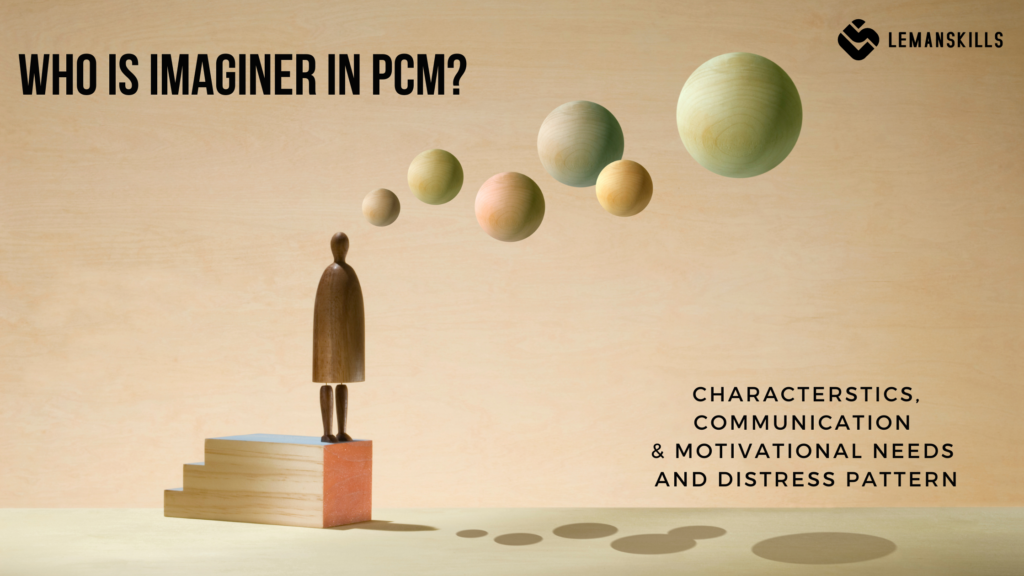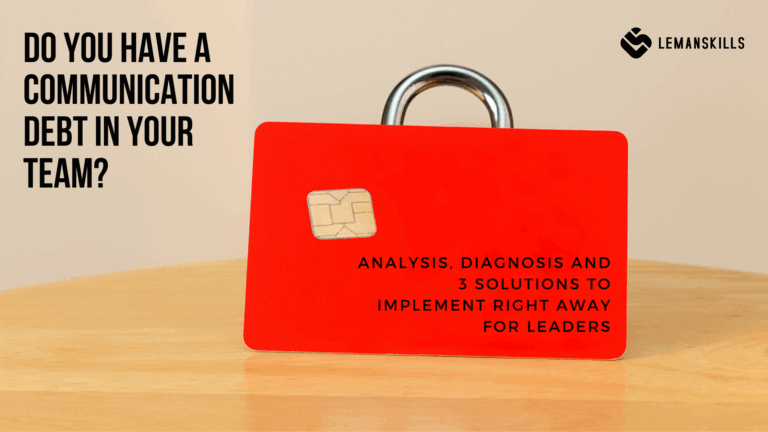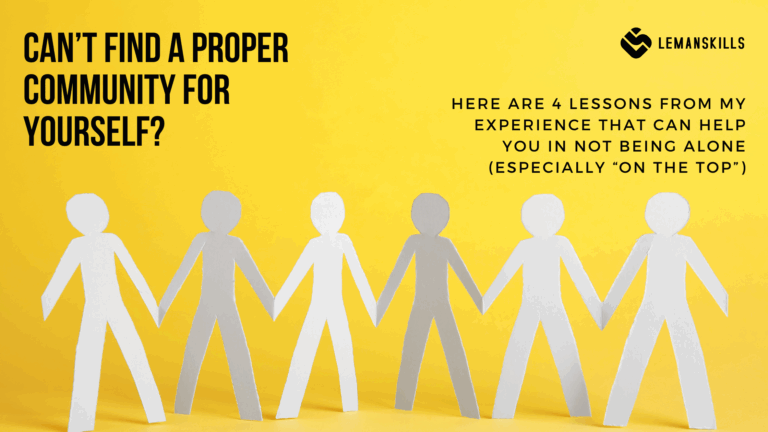Do you know a person or two who most of the time are staying in silence, observing the world that is around them? During the meetings, a family dinner or other friends gathering they are not the kings or queens of the party, but you can tell that they are processing in their heads what they hear?
That’s the Imaginer.
The last (but not least) of six personality types in Process Communication Model. We’ve started the story about PCM HERE, then we’ve described the other 5: Persister, Thinker, Promoter, Rebel and Harmonizer.
Today we’re adding the missing piece to our PCM puzzle, so we understand different people once we meet them, have them as team members or stakeholders in different circumstances (professional and private). For those of us who has little Imaginer energy (like myself), they might be the hardest to communicate with since they don’t say a lot of things out loud and their processes (i.e. decision making) are longer than in the rest of the types. Why is that? Let’s take a look!
How do we recognize Imaginer?
Imaginer is a person who experience the world through the lens of reflections (or inactions). Most of the time, they use their reflective mode: they have a lot of processes inside of their heads, so they see many different things in their brains. Sometimes it’s called inactions, since they don’t take action on what they reflect on until somebody says them so.
How to recognize an Imaginer in the Base of personality? Again, the easiest way to make a strong hypothesis is to look for the key words that the person uses the most.
For Imaginer it will be: “I imagine…”, “As I reflect on that…”, “In my head I can see…”, “I see it that way…”, “I picture…”.
They say all that because they operate the best in their internal world. It doesn’t mean that they are antisocial (in a clinical way). I’m sure that you’ve experienced not once, not twice a person who doesn’t say anything, but you see their eyes moving or looking out through the window in intense internal process. That’s because there is a tough reflective sequence that’s happening in the head of that person. They have a lot of things inside them, a lot of options or scenarios they create in a certain situation.
The recognition of Imaginer is also easier when we look on their non-verbal communication: like in the Thinker’s case, it’s a flat, computer face, with almost no mimics on it. Their voice is linear, monotonous, static. Their body is still, they don’t use movement to not waste the energy that they can invest in more internal reflective process. They don’t say much, but when they do, that’s what we can observe externally.
If you see and hear it, that’s a strong indicator that there’s a Imaginer in the Base on the other side of the communication process. How to use it to get along with that kind of person?
What does Imaginer need in communication?
- The Imaginer needs communication process where they have a chance to reflect on things. Once they do it, here’s a time to directly tell them to share what they have in their heads with us. Extremely important for them as well is to have a space, where they can be alone to reflect, and then they are ready to talk to us.
- To be efficient in communication with Imaginer, we need to use directive channel of communication. It’s the same story we had in the Promoter’s description: Imaginer needs to know exactly what to do and say to us. It means that asking them questions is not going to work, since they are not responsive to the requestive channel. How to do it right? Using the same example as before: when we want to delegate a task, so a chosen employee covers it, the great approach will be opening the conversation with a direct statement. “Hi Mike, I want you to take a task X. (Now we describe briefly what the task is about). Please tell me what showed in your head when I was describing it to you.” And we give them a moment to reflect. Pushing or rushing them is not going to work well, what can be hard, especially for Promoters and Rebels.
- They value Autocratic interaction style. It means that they are the most efficient when the other person just tells them what is there to be done and leave them alone, so they can go and focus on the delivery. Straight to the point, sometimes (especially for the people that are not so big fans of a directive communication channel) might look a little harsh or cold. It’s the same situation that we had in Promoter’s case, but the root cause is different. Promoter just needs to get the job done, and Imaginer needs to have direct communication, so they have a one communication and then they are left alone. Also, it helps them so they are not lost in the fog or the infinity of their imagination.
- Imaginer seeks to answer the existential question: will they come for me? Yes, they prefer to be alone, so they have a space and time to be in their reflective world. But they don’t want to be lonely: they need to have space to say out loud what they imagined. For them this sentence is the truth:
Somebody will come for me = I’m valuable as a person
- A motivational need attached to this PCM type is It’s important to know it that sometimes for Imaginer the best way to help them is to leave them alone. It can be extremely difficult for Harmonizers, Rebels and Promoters, since their energy and need of contact is on higher level. They don’t understand how it is possible that a person can be so long on their own, sometimes even not leaving the house. Again: it’s not antisocial, it’s their way to gather energy, recuperate, rest, be OK-OK.
When do we know that Imaginer is in distress?
Just a reminder: distress is negative stress, that costs us (and our environment) something. We are in distress when our motivational needs are frustrated and to cover them (in a really bizarre way), we into the distress sequence. How does is look like for an Imaginer?
1/ Driver: I need to be strong (meaning: I’m OK only if I am strong). On this level, Imaginer often shuts down, doesn’t say anything about the emotions or needs, hesitates. They are also indecisive in communication, you can notice a lot of unfinished sentences, with a “…” at the end. When we see that kind of behavior, we can offer them space and time. We can say something like: “You know what? I can tell that you could use some time and space to reflect on that. Go and please come back to me in 1 hour”. That kind of reaction will take Imaginer out of the rabbit hole and get them back to OK-OK space.
2/ Drooper Mask. Imagine wears a drooper mask on the second level of distress, like Harmonizer. But there is a different set of behaviors in compared to the Harmonizer. Imaginer passively waits, getting distanced to the world that is around them. They often use phrases like: “it’s too much…” or “it’s so overwhelming…”. The visible behaviors that can be surprising at the same time is that they start getting sick (the base is psychosomatic) so they can “justify” them stay home. It’s their negative (body and mind, yet unconscious) way to cover the need of solitude.
3/ Cellar: At the end, Imaginer is going into the mode: “Noone tells me what to do. I’ll withdraw to my internal world, at least there I’m safe”.
As you can see, being in distress is an algorithmic body and brain response to not having covered the motivational needs. This sequence is repetitive, happens every time that a person is triggered in any way. The whole sequence can last 30 seconds (literally) or can be longer. The more frequently we go through the whole path (3 steps), the more “coupons” we collect to pay them out.
That’s why it’s so important to stop the vicious cycle as soon as we realize that it starts: the sooner, the easier it will be. And remember that we can cover the needs on our own, but also, we can ask the people around us for support. We can make a little contract with people in our environment (private and work) that stands: “if you see that X and Y behavior is starting within myself, please react with a proper needs’ coverage. That way I will come back to myself faster, and nobody gets hurt”. It’s especially important on the Mask level, since when we are there, often we don’t think clearly, so it’s super hard for us to cover our own needs properly.
The bottom line
The brain of the Imaginer is a magnificent thing. They can create visions, plans, options or ways to resolve a problem or challenge like no one else. When we want to create something extraordinary, completely out of the box, we definitely need an Imaginer in the team. There is no other personality base that will bring so much value to the table.
Of course, under distress the contact with them will be difficult. They withdraw, often stop talking at all so collecting any information is super hard. But the silver lining is that the solitude is always a good solution: leaving the person alone with a clear contract when we are going to pick up the conversation. So simple, yet not easy for all of us to implement.
I would like to invite us all to be more mindful on those people. They can get lost in the world of constant noise.




